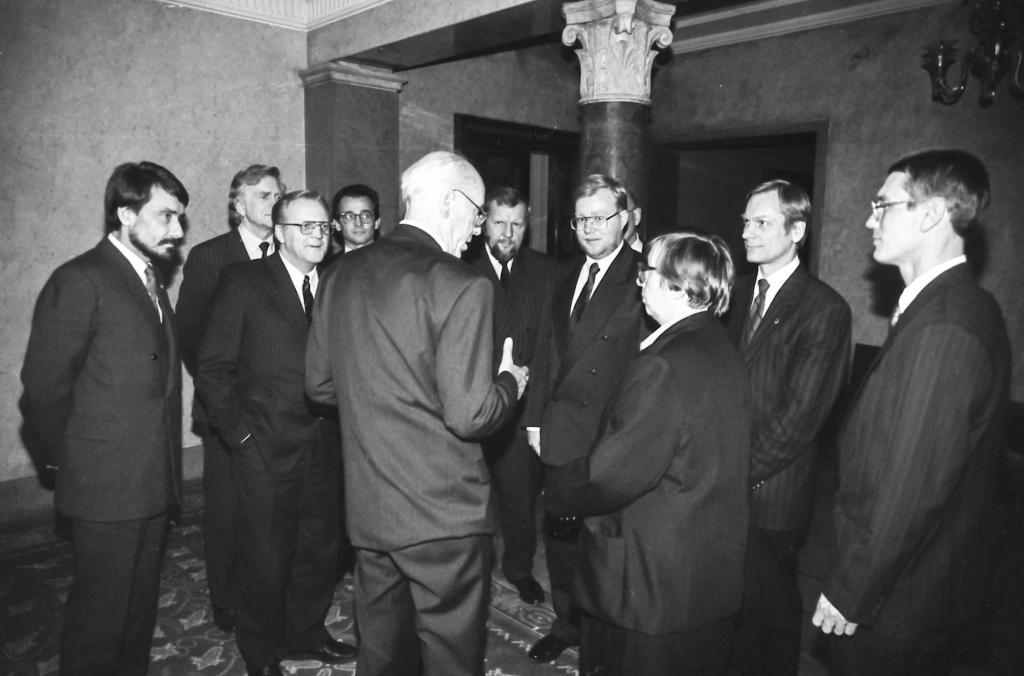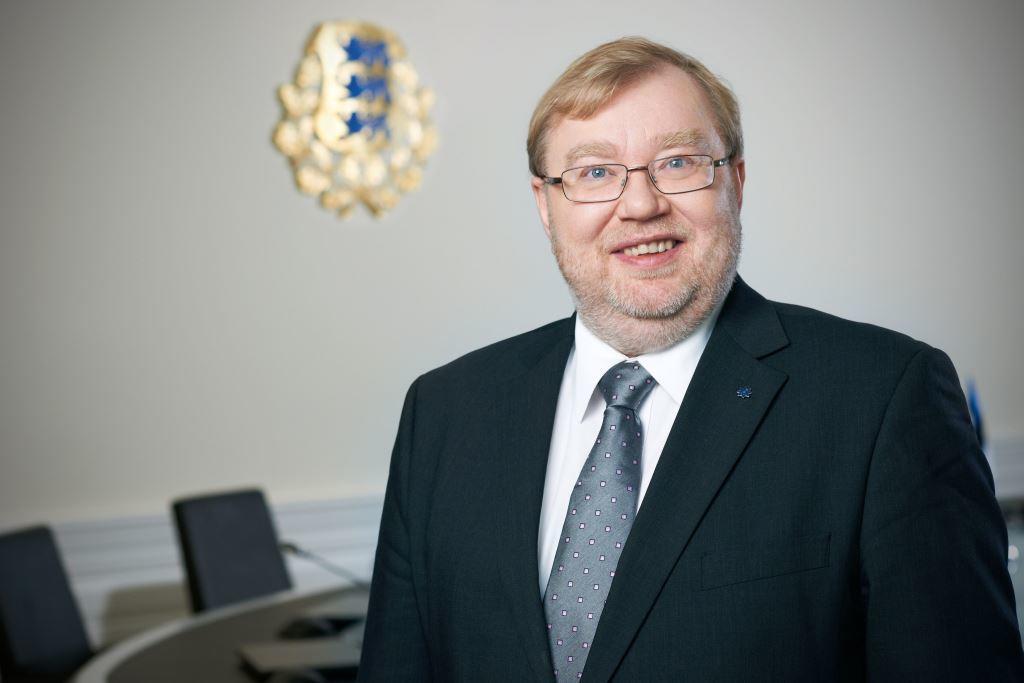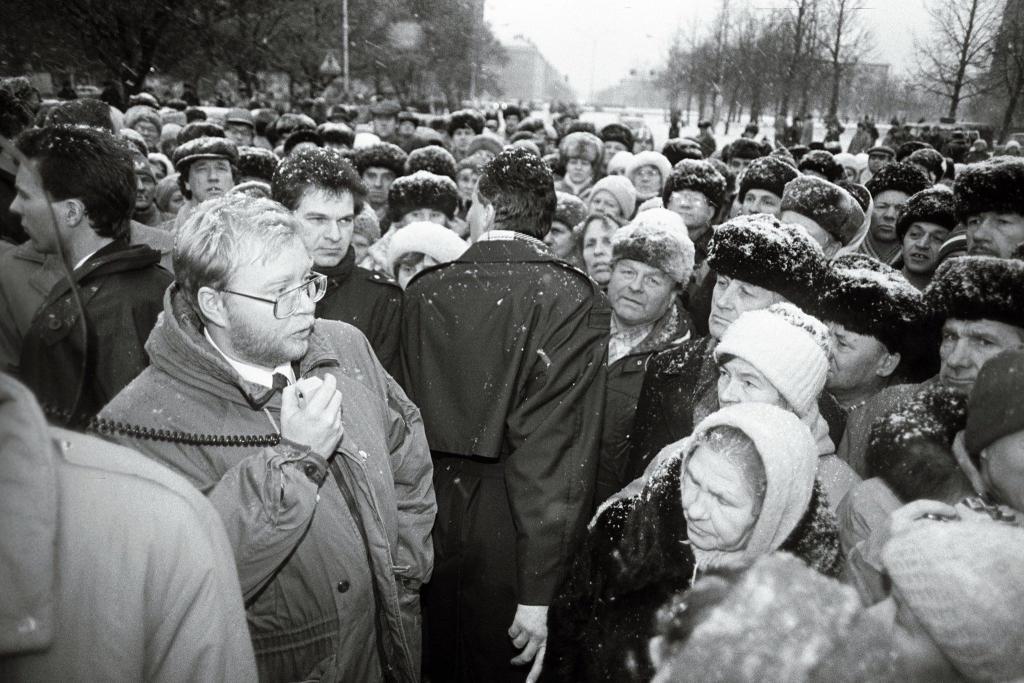On the 30th anniversary of the restoration of Estonia’s independence, the Estonian Public Broadcasting’s radio station, Vikerraadio, called upon people to pick the most influential prime minister of the last 30 years.
Since Estonia restored its independence on 20 August 1991, eleven different prime ministers have governed the coalition governments. Ahead of the 30th anniversary celebrations, the Estonian Public Broadcasting’s Vikerraadio – the most popular radio station in Estonia, albeit primarily listened among the older generations – called upon to select the most influential prime minister of the last 30 years.
In total, more than 51,000 votes were cast. Mart Laar received the most votes – almost 13,000. Laar was followed by Andrus Ansip and Edgar Savisaar in the ranking of influence.
The ranking
Mart Laar (Isamaa Party; prime minister from 1992-1994 and from 1999-2002)
Andrus Ansip (Reform Party; PM from 2005-2014)
Edgar Savisaar (Centre Party; PM from 1991-1992)
Tiit Vähi (Coalition Party; PM in 1992 and from 1995-1997)
Jüri Ratas (Centre Party; PM from 2016-2021)
Siim Kallas (Reform Party; PM from 2002-2003)
Andres Tarand (Social Democratic Party; PM from 1994-1995)
Juhan Parts (Res Publica Party; PM from 2003-2005)
Kaja Kallas (Reform Party, PM from January 2021)
Mart Siimann (Coalition Party; PM from 1997-1999)
Taavi Rõivas (Reform Party; PM from 2014-2016)
True reformist
Mart Laar became the Estonian prime minister after the Pro Patria Union – the coalition of five centre-right and Christian democratic parties he led – won the parliamentary election in 1992.

He served until 1994 when he stood down due to conflicts in the coalition government. He regained the position in 1999, after the Pro Patria Union, the Reform Party and the Social Democrats (then called the Moderates) formed a government, which lasted until 2002.
Along with the former president, Lennart Meri, Laar is widely credited with turning Estonia around in the dire circumstances, thanks to his cabinet introducing sweeping reforms. But he was often also criticised for turning a blind eye to those who suffered as a consequence of the radical reforms – in a cash-strapped Estonia of the 1990s, the welfare state was extremely thin.
His first government introduced flat income tax, privatised most national industries in public tenders, abolished tariffs and subsidies, stabilised the economy and balanced the budget. In foreign policy, Estonia was decisively turned towards the West, rather than its former imperial oppressor, Russia.
During his second premiership, his government introduced many of the reforms that paved a way to the digital state that has become known as the “e-Estonia”.

Laar also served as the Estonian defence minister from 2011-2012. In February 2012, Laar suffered a severe stroke; after a long hospitalisation, he partly recovered but quit active politics. Since 2013, he has served as the chairman of the supervisory board of the Bank of Estonia.
Cover: Estonian prime minister Mart Laar facing an angry crowd of protesters in 1993. Photo courtesy of the documentary film Rodeo.

